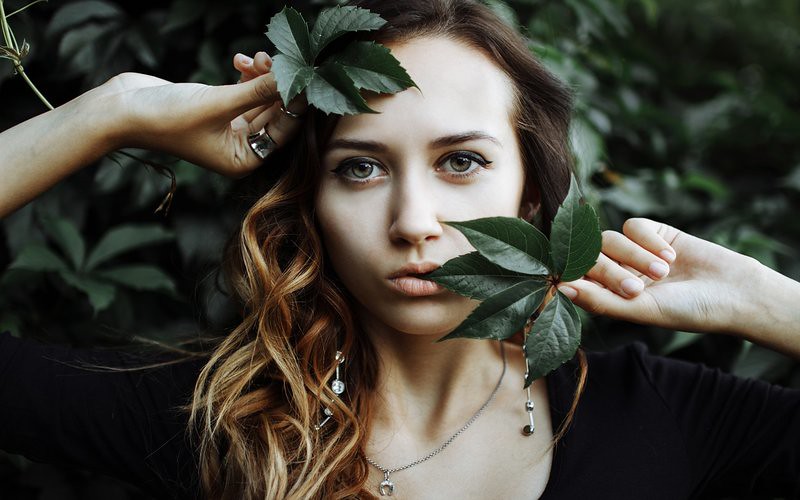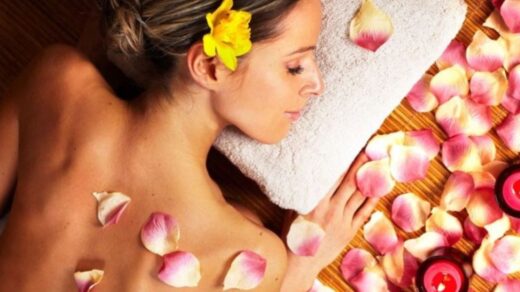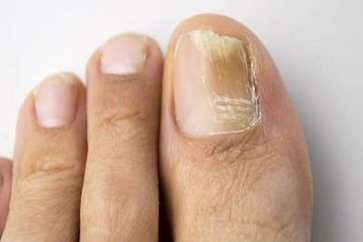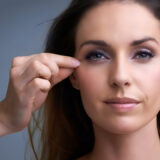How Ayurveda Can Cure Common Skin Ailments?
What is Ayurveda? Ayurveda is a term derived from two words: ayus and Veda. Ayus means “life”, while Veda, a Sanskrit word, means “knowledge”.

Ayurveda defines life as a combination of elements, rather than a simple measure of time since birth, for example, body = sarira, senses = indriya, mind = manas, and soul = Atma. Without one of these elements, life cannot exist, according to Ayurveda.
The Three Dosha and Five Great Elements
Ayurveda remedies are centered on the three doshas: Kapha, Vata, and Pitta; or phlegm, wind, and bile. Each dosha is composed of one or more of the following great elements: air, ether, earth, fire, and water.
Pitta, which includes the skin, primarily aligns with fire, or heat, but also water to a lesser extent; Kapha aligns with water secondarily and earth primarily; Vata aligns with air and ether equally.
Ayurveda and Skin Ailments
First of all, context is important when learning about the relation between Ayurveda and skin ailments. Summer months comprise the worlds rainy seasons, but in India particularly July and August are considered the rainy season, or ‘Varsha Ritu’, and as a result, the time of the year when skin ailments tend to flare up.
The ‘Varsha Ritu’ follows the ‘Gresham Ritu’, or summer season, and acts as a release of the heat stored up within the body during the Gresham Ritu.
Just as dermatologists study the different layers of the skin — epidermis, dermis, fat, connective tissue, and muscle – so do practitioners of Ayurveda. Though many skin ailments occur upon the epidermis and as a result, topical treatments are the prevalent treatment, often the true cause of skin ailments lies much deeper.
For example, a simple lack of hydration is commonly known to result in dry skin and thus a host of related rashes and ailments affecting the epidermis. Ayurveda, in turn, aims to permanently end skin ailments by discovering and subduing their root causes.
Ayurvedic Skin Types
The Ayurvedic skin types align with the three doshas: Vata skin, Pitta skin, and Kapha skin, as well as a combination of two doshas.
For example, Vata-Kapha skin is dry with some oiliness; Vata-Pitta skin is sensitive and dry, and Kapha-Pitta skin is sensitive as well as oily. Kapha skin is prone to all the problems of too much oil, including pimples, blackheads, moist eczema, water retention, varying complexion, and enlarged pores.
Vata skin types are dry and prone to itching, cracking, and dehydration and as a result dry weather also. Pitta skin types are soft and fair; tend to be warm, temperate and thus susceptible to spicy dispositions as well as foods.
General Treatments According to Ayurveda
The fundamental Ayurvedic cure for common skin ailments is simply following the prescribed diet and lifestyle, which is not very different from many modern dietary regimens.
Current dietary requirements suggest similar prescriptions such as limiting the intake of meat, particularly red meat. Returning to the three doshas, as described above, Ayurveda cites each as a contributor to skin ailments but highlights Pitta as the chief factor, as it represents the heat built up during the summer season and expelled during the rainy season as a host of skin ailments.
Amongst the items to be avoided, according to Ayurveda, are preserved foods, white flour, white sugar, packaged foods, coffee, tea, alcohol, sour foods, hot spices, acidic foods, and fried foods.
Likewise, amongst the remedies according to Ayurveda, are: aloe vera, which is said to purify the blood; a powder of turmeric, amla and neem leaves, in place of soap; ample fresh air in conjunction with loose clothing and the consumption of 3-4 litres of water daily; 50 grams of powdered yellow sulphur combined with 250 ml. of mustard or coconut oil as a salve; the freshly squeezed juice of apricot leaves, for scabies and eczema; 100 ml of coconut oil combined with 5 grams of powdered camphor as a general salve; as well as gentle laxatives such as Triphala powder to cleanse the system.
Ayurvedic Treatments by Skin Ailment
Treating common skin ailments according to Ayurvedic methods is not as simple as one powder or one herb. Perhaps the most beneficial element of Ayurveda is how it challenges a patient to study their health problems and experiment with a variety of treatments for their skin type. Again, it’s essential to correctly assess one’s skin type in order to implement the correct category of treatments.
1. Acne
Ayurvedic treatments for acne include applying jamun on pimples; massaging the face with papaya ripened in water and formed into a paste, after which coconut oil is applied to the face.
One must then rub the face with orange peel and wash the face with buttermilk twice daily. Then, applying water-soaked neem roots to pimples and applying a paste of ghee, red lentils and camphor.
Adding salted hot water to the face with a rough towel after squeezing the moisture from it, is also used in treating acne.
2. Dermatitis
Ayurvedic extracts such as aloe vera, gunja, amla, brahmi, yashtimadhu, and bhringraj have proven helpful in combating dermatitis.
Ayurvedic treatments for dermatitis also include a number of medicines, such as khadirarishta, arogyavardhini, Guduchi taila, and mahamarichyadi Talia.
3. Skin Cancer
Astragalus is employed as an immune system booster to aid its combating of the cancer cells; flaxseed is used to prevent the spread of the cancer cells themselves, implementing the element of lignans in the seeds.
Applying turmeric to the areas affected by skin cancer is also suggested in paste form for 15 minutes, as it prevents the spread of cancer cells as well.
Finally, as a natural sunscreen, aloe vera should be applied, the added benefit includes the reduction of chemicals, which are known to cause skin cancer, according to Ayurvedic methods.
4. Psoriasis
Ayurvedic methods consider psoriasis the result of the corruption of the Vata and Kapha. Furthermore, they suggest removing toxins from bodily fluids in treatments referred to as panchakarma.
Herbs recommended include the juice of the black nightshade massaged into the skin; garlic to purify the blood through simple ingestion; neem extracts for blood purification as well; turmeric added to food to combat inflammation, pain, and swelling. Jasmine paste is issued for itchiness and guggul resin for the purification of bodily fluids.
5. Eczema
Ayurveda recommends treatments suitable for wet and dry eczema. Medicines include shudh gandhaka, paradadi malham, mahamenjeesthaadi quath, and rasa manikya.
Home remedies include turmeric paste and wheatgrass juice applied to the skin; applying neem leaves on the skin to purify the blood. Snuhi herb paste of mustard seeds and oil applied to the skin is also highly recommended.
Author Bio: Hello! My name is Micheala and I am a freelance writer. I currently specialize in writing articles regarding health matters. A particular focus of mine at the moment is the treatment of common skin conditions. I enjoy writing about natural remedies for curing irritable skin. I also write articles and blogs on dental treatments and cosmetic dental surgery.


























Flaxseed oil, apple cider vinegar, aloe vera, and dead sea salts are some other well-known supplements and natural cure for psoriasis that can be easily available without spending big money.
There are many common issues in skin care that most people are bothered about.
There are a great deal of common skin diseases, ranging from the very mild to the severe, so it’s important to learn about all of them. Being able to recognize a dermatological disorder is the first step towards figuring out the best way to treat the condition.